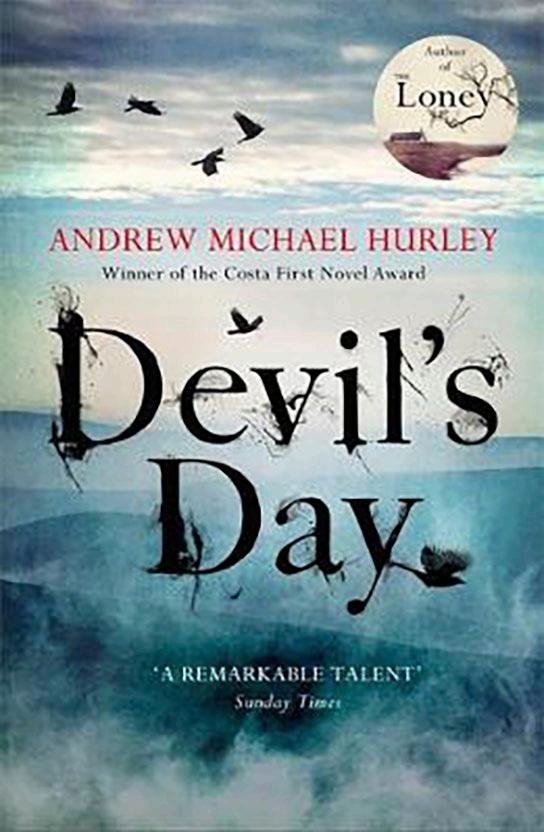
3 minute read
Flawlessly Bleak
by Hetty Byrne
How the award-winning author Andrew Michael Hurley immersed himself in a sense of place to write an atmospheric novel that evokes the elemental beauty of the Forest of Bowland in high definition
The lonely landscapes and stark Set in an isolated farming hamlet beauty of the Forest of Bowland perched at the top of a remote valley suffuse the vivid writing of local in Bowland, Devil’s Day is the story of a author Andrew Michael Hurley from the man’s reluctant return to his roots and a very first page of his acclaimed novels reckoning with the ghosts of his past. inspired by the wilder reaches of his native Lancashire. It’s a haunting tale that will resonate with all outsiders and emigres The moors and valleys of the AONB shape the plotline as much as any “ When I was a kid, we’d go on day forced to negotiate the uneasy reconciliation of past, present and of the lead characters, lurking menacingly below trips all over future precipitated by an unexpected return to the the surface like a gnarly the county with setting of a not entirely outcrop brooding under a gathering winter storm. Born in Preston, Andrew the family: Pendle, Glasson Dock, the joyous childhood. From the moment the protagonist steps off the taught for many years, Trough of Bowland train, a sense of foreboding writing in his spare time, but it was only when he left – and those places hangs in the air like an autumn squall – poised teaching to concentrate on always stuck to shed its icy load at literature that he found his muse among the rugged cloughs and hidden dales of with me” the slightest provocation. The plotline darkens, the characters are dour, their Bowland. dialogue hints at deep, Andrew’s first northern novel, ‘The Loney’, set in the wilder reaches of the Lancashire coast, won the Costa best first half-forgotten secrets, supernatural forces hover in the shadows – it’s all spinetinglingly gothic. novel 2015 and was awarded Book of the And this all plays out against the vivid Year in 2016. His follow-up, ‘Devil’s Day’ canvas of a visceral winter wilderness that again received widespread acclaim upon anyone who has braved the Bowland Fells publication in 2017. on a dark December day will recognise.
Advertisement

“I’m drawn to places where you feel genuinely alone and where you have space to think – the kind of places where you can experience solitude and silence that are increasingly rare and precious nowadays. “When I moved back to Preston and started contemplating a new novel, I started to look much closer to home and viewing these places through the eyes of an adult and a writer, I started to think about how they could be integrated within a novel. And I realised that in literary terms, the landscapes of Morecambe Bay and the Forest of Bowland had been almost completely overlooked. From the perspective of a fiction writer, these were completely fresh territory to explore. “As I started writing, I felt much more of a connection with the landscapes of Lancashire than the suburban sprawl of London. I think I understood the self-contained rural communities better simply because I’ve spent so much time wandering around these places. “For Devil’s Day, I completely immersed myself in the environment in which it’s set. I literally spent days wandering around and taking notes or photos and making sound recordings in the landscape. “The principal inspiration for Devil’s Day is the Langden Valley, so I went there countless times at different times of the day and different times of the year just to absorb the place and let it seep into my imagination. “The best compliment that anyone could ever pay me is that after reading one of my books, they really felt like they were there. If they can feel the mud and the moors and the rain, then I’ve done my job as a writer.” “One of the things I’ve tried to do in all my novels is to find a language with which to render those landscapes properly on the page – that’s been one of the most enjoyable aspects of writing the books. “In all three novels, landscape has been the starting point and all three books pose the same question: how are people shaped by the landscape in which they live? I think that thread is more prominent in Devil’s Day, where the farming community absolutely has to understand and predict the landscape in order to survive and where the characters are most connected – almost enmeshed – within the landscape.”











